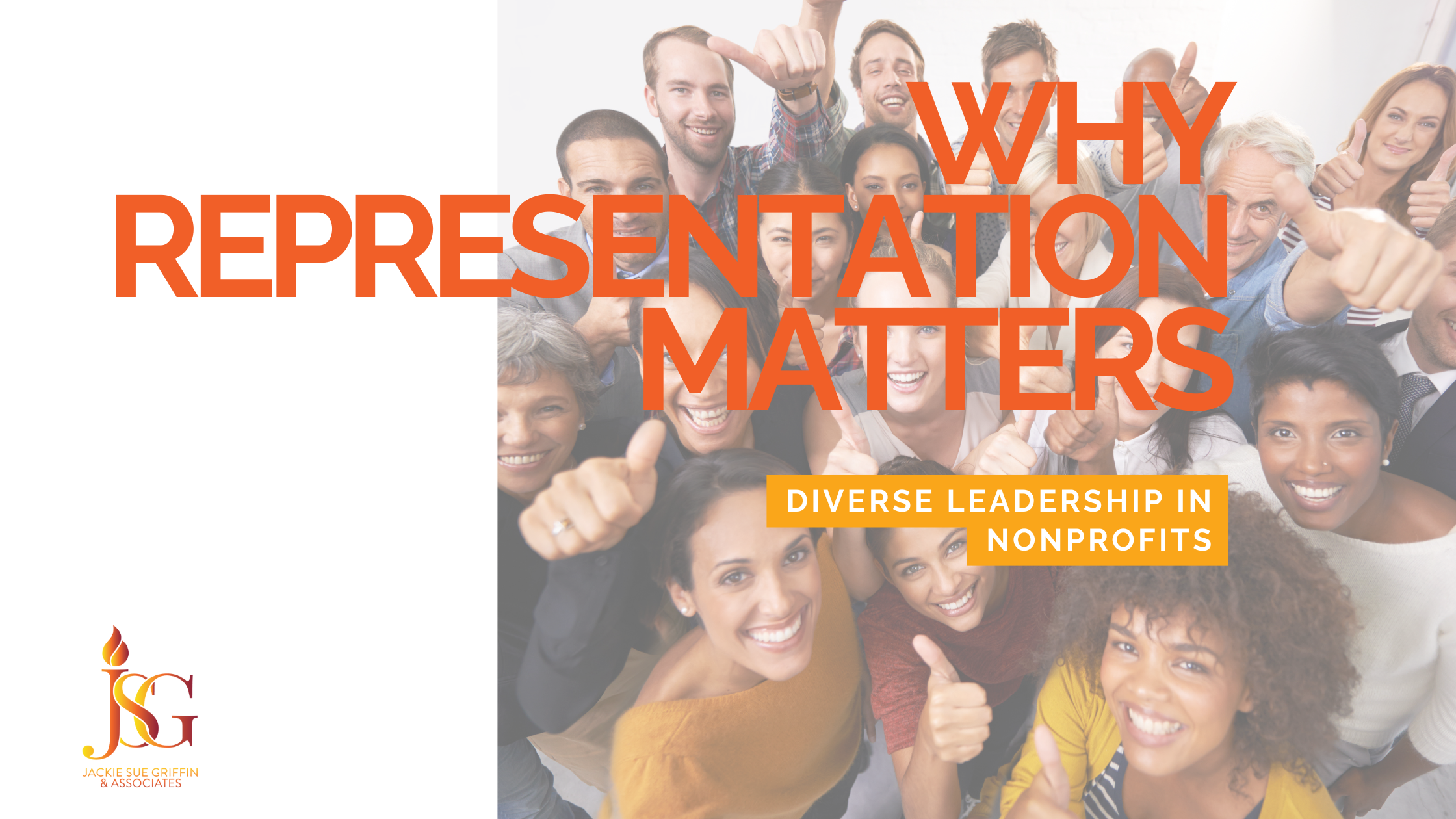
09 Jun Why Representation Matters: Strengthening Nonprofit Leadership Through Diversity
One of the greatest strengths of the nonprofit sector is its commitment to people, lifting communities, amplifying voices, and driving real change. But there’s an important piece that often gets overlooked: who’s leading that change?
In many organizations, especially those serving BIPOC, LGBTQ+, or disabled communities, leadership doesn’t always reflect the people being served. That lack of representation isn’t just a missed opportunity. It can affect everything from program design to community trust.
When Experience Informs Strategy
Lived experience brings something that data alone can’t: insight. Imagine planning a housing stability initiative. Research helps, but someone who’s navigated housing insecurity might ask, “How do we support clients who arrive without identification?” or “How do we make them feel safe and seen from day one?”
Those kinds of questions shape better, more responsive programs and help teams build solutions rooted in reality, not just theory.
Representation Is More Than a Seat at the Table
True representation isn’t about checking boxes or hiring one person from an underrepresented background. It’s about embedding diverse voices in decision-making, strategy, and leadership. That means rethinking how power is shared and ensuring people aren’t just invited to the meeting but are shaping the agenda. It’s also about listening with respect when someone challenges the status quo, because those conversations often lead to smarter, more equitable outcomes.
Why It Builds Trust
Communities recognize authenticity. When people see themselves reflected leadership, whether it’s the executive team, the board, or program leads, it sends a powerful message: you matter here. That sense of belonging drives deeper engagement, stronger partnerships, and often, better outcomes.
How to Build Pathways, Not Just Fill Roles
This kind of inclusive leadership doesn’t happen by accident. It takes intention. That might mean building internship or mentorship programs in partnership with local schools or grassroots groups. It could mean broadening your recruitment efforts beyond the usual channels or recognizing that a four-year degree isn’t the only path to leadership potential.
It may also require adjusting your hiring practices to ensure your interviews and processes welcome different communication styles, backgrounds, and lived experiences. Sometimes it’s the small changes in how we hire, promote, and include that make the biggest difference.
Embracing Growth Through Dialogue
Welcoming new perspectives sometimes means confronting old assumptions. But discomfort can be a catalyst for growth. Organizations that lean into these conversations tend to become more innovative, more responsive, and ultimately, more effective.
The Bigger Picture
When leadership becomes more inclusive, the benefits ripple outward: policies improve, services become more culturally informed, and communities feel seen and respected. Perhaps most importantly, it sets a powerful example for future leaders who begin to see what’s possible.
This isn’t just about equity—it’s about effectiveness. It’s about building nonprofit organizations that reflect the full richness of the communities they serve. And when that happens, everyone wins.

No Comments